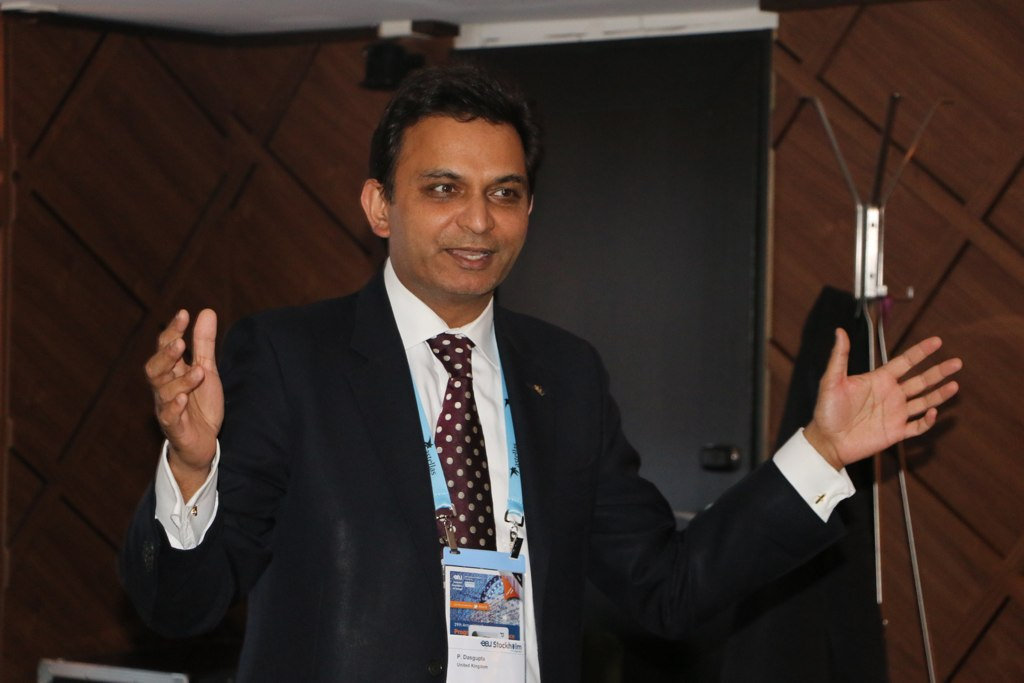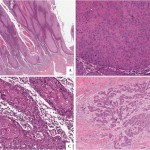The British Association of Urological Surgeons nephrectomy audit for T1 renal tumours
It is hard to believe that 3 years have elapsed since my new team took over publishing the BJUI, aiming to make it ‘the most read surgical journal on the web’. Many of our readers believe that we have achieved that and a number of web statistics indicate that we are not far away. Complacency is not in our DNA and this year you will notice a number of subtle changes to www.bjui.org to make it even more attractive and user friendly. Of course we rely heavily on feedback from o ur authors and readers. The January 2016 issue includes our ‘Thank you to reviewers’ online, listing all 785 people who have reviewed for us in 2015. We just cannot achieve our high standards without you. Each reviewer is entitled to Continuing Professional Development (CPD) points as a recompense for the time they spend helping us select only the very best papers.
Last year, we published a fantastic selection of ‘Articles of the Month’. If you missed any, you can find them collected together in our free online virtual issue (https://bit.ly/ZrWA6q). The end of 2015 was dominated by falling PSA testing and prostate cancer detection rates, as highlighted in David Penson’s editorial in JAMA [1]. In the UK and many other parts of the world we have already been through this. I remember during my training years that the majority of men presented with locally advanced or metastatic disease. And while we look towards ‘smart’ screening of high-risk groups, particularly those with a relevant family history of prostate and breast cancer, I urge you again to look at the summary table of our ‘Guideline of Guidelines’ by Loeb [2] on this thorny subject.
The BAUS has taken the lead on public reporting of surgical outcomes. The BJUI is proud to publish our nephrectomy audit [3], which has >6000 patients. Radical nephrectomy (RN) was performed mostly for T1b and partial nephrectomy (PN) for T1a tumours. Over 90% of RNs were minimally invasive – an established standard of care. Only 43% of PNs were minimally invasive of which one-third were robotic, with no obvious difference between the robotic and laparoscopic arms. As expected, the complication rates of PN were higher than RN. All of us as surgeons can learn a lot from large national datasets such as this and, more importantly, strive to improve continuously. I hope you enjoy reading this important paper and look forward to interacting with many of you in 2016.
References
3 Hadjipavlou M, Khan F, Fowler S et al. Partial vs radical nephrectomy for T1 renal tumours: an analysis from the British Association of Urological Surgeons Nephrectomy Audit. BJU Int 2015; 117: 62–71
, Editor-in-Chief, BJUI
King’s College London, Guy’s Hospital, London, UK




Dear Prokar, Dear Editor-in-Chief,
Thank you very much for your leadership in BJUI. Three years later the journal is significantly improved, more and more cited on other journals, on the social and during the international meeting. The most important topics were considered and discussed together some of top urologists and oncologists.
We created the basis of an original and modern journal. I am sure that in the next three years BJUI will be on the top.
Vincenzo Ficarra
Fantastic journal Prof!! Core reading for any urologist.
We also really like the fact you encourage input from trainees. No other journal I know does that, and you give us a chance.
Long may it continue!
Sanchia